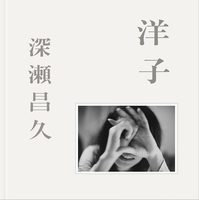$55.43
- Hardcover
- 344 pages
- 223 × 290 mm
- ISBN 9784865410099
- Dec 2013
This 344-page photobook, which consists entirely of portraits of Japanese high school students, is the result of more than 10 years of labor-intensive shooting. Since 2002, Kei Ono has traveled all across the country to photograph Japanese high school students, an activity that he considers his duty to carry out. Ono holds himself to two simple rules: the students must respond to one of his notices placed online or in a newspaper, and he will not publish a photo in which they are smiling. The first rule ensures that the high school students who are photographed select themselves. Of course, Japanese high school students have plenty of opportunities to take photographs with their friends, but Ono insists on this first rule in order to make sure that, as he says, "they are all hoping to have someone discover their existence." This hope creates a desire to have a "serious portrait" taken; this is why the students are never smiling. Sometimes the students seem to glare back at the camera, while at other times they are more contemplative. In any case, the portraits here vividly capture the trials and tribulations of adolescence. This book was published together with the "New Text Project," a project with the goal of distributing copies of this book to libraries across Japan. Includes English translations of texts by Kei Ono and critic Tsunehiro Uno.
The photographs in this series do not simply explore the homogeneity and differences found in big cities and rural towns; it is also my intent ion, by por t raying the unique atmosphere projected by each of the high school students, to reconsider the true nature of the environments they live in. Because I unintentionally came to take the means of inviting high school students to be photographic models and not choose which high school students to photograph, the models and their backgrounds eventually moved out of my control. Now that I no longer control the photographs, I have become just the person who takes the picture. And this is what I chose to be. (from the postscript)






































